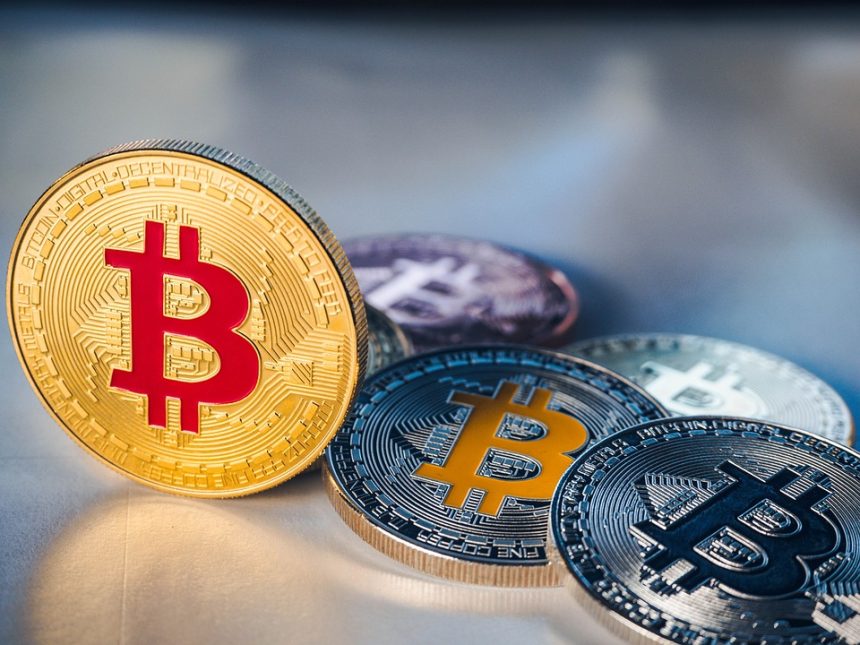The retail landscape has undergone seismic changes over the past few decades. From the rise of e-commerce and technological innovations to changing consumer behaviors and the impacts of global events such as the COVID-19 pandemic, the industry stands at a critical juncture. Understanding the future of retail requires an analysis of current trends, technological advancements, consumer preferences, and potential hurdles. This article delves into the key elements shaping the future of retail and offers insights into what lies ahead for businesses and consumers alike.
1. E-Commerce Evolution
E-commerce has been the cornerstone of retail growth in recent years, significantly accelerated by the COVID-19 pandemic. As consumers turned to online shopping for convenience and safety, businesses adapted rapidly to this changing landscape. According to Statista, global e-commerce sales are expected to reach $6.3 trillion by 2024, accounting for a significant portion of total retail sales.
Trends Driving E-Commerce Growth:
-
Omnichannel Strategies: Successful retailers are adopting omnichannel approaches that seamlessly integrate online and offline channels. Customers expect a cohesive shopping experience, whether they are browsing a website, shopping via mobile apps, or visiting physical stores. Click-and-collect services, where consumers purchase online and pick up in-store, are gaining traction.
-
Subscription Models: Subscription services provide consumers with curated experiences and convenience, driving customer loyalty and recurring revenue. Retailers in fashion, beauty, and groceries are leveraging this model extensively.
- Social Commerce: Platforms like Instagram and TikTok have emerged as critical sales channels, enabling brands to sell products directly through social media, thereby transforming the customer journey and increasing brand engagement.
2. Technological Innovations
Technological advancements are reshaping the retail landscape, offering new tools for enhancing customer experiences and improving operational efficiency.
Key Technologies Impacting Retail:
-
Artificial Intelligence (AI): Retailers are harnessing AI and machine learning to personalize shopping experiences, optimize inventory management, and predict consumer trends. Chatbots, recommendation engines, and dynamic pricing models are all results of AI integration.
-
Augmented Reality (AR) and Virtual Reality (VR): AR and VR technologies are enhancing the online shopping experience by allowing customers to visualize products in their own space. Retailers like IKEA use AR apps to enable customers to see how furniture will fit in their homes before purchasing.
- Automation and Robotics: Automation technologies in warehousing and logistics streamline operations, reduce costs, and improve order fulfillment speeds. Robotics are also being integrated into stores for tasks like inventory management and customer assistance.
3. Changing Consumer Behavior
Understanding consumer behavior is essential for retailers to thrive in the evolving landscape. Key factors influencing consumer preferences include:
-
Sustainability: Today’s consumers are increasingly prioritizing sustainability. Brands that prioritize ethical sourcing, sustainable practices, and transparent supply chains are benefiting from heightened customer loyalty. Retailers like Patagonia and Uniqlo have capitalized on this trend by positioning themselves as environmentally responsible.
-
Experiential Shopping: Physical stores must offer more than just products; they need to provide memorable experiences. Brands are focusing on creating immersive environments that engage customers emotionally, from pop-up events to interactive installations.
- Health and Safety: Post-pandemic, consumers remain vigilant about health and safety standards. Retailers must implement hygienic practices and communicate these measures effectively to build consumer confidence.
4. Globalization and Market Dynamics
The global retail market continues to evolve, presenting both opportunities and challenges for businesses.
Emerging Markets:
-
Growth in Emerging Economies: Areas such as Asia-Pacific and Africa are witnessing rapid urbanization and a growing middle class, leading to increased consumer spending. Retailers looking to expand internationally should tailor their strategies to local cultures and preferences.
- Local Preferences and Customization: Customizing products and marketing strategies to meet local tastes and trends can significantly enhance brand appeal in diverse markets.
5. Challenges Ahead
While the future of retail appears promising, several challenges persist:
-
Supply Chain Disruptions: Ongoing supply chain challenges, exacerbated by global events, threaten inventory management and profitability. Retailers must diversify their supply chains and build resilience to mitigate future disruptions.
-
Cybersecurity Risks: As digital transformations enhance connectivity, they also increase vulnerabilities. Retailers must prioritize data security and customer privacy to maintain trust.
- Competition: The competition is fierce, with both established retail giants and emerging startups vying for market share. Brands need to differentiate themselves through unique product offerings, customer service, and innovative marketing strategies.
Conclusion
The retail sector is poised for transformative growth, driven by technological innovation, evolving consumer preferences, and a keen focus on sustainability and experience. Retailers who adapt to these changes, embrace digital transformation, and keep the consumer at the center of their strategies will be well-positioned to thrive in the future. The path ahead may be fraught with challenges, but it also presents vast opportunities for those willing to innovate and evolve in a rapidly changing landscape. The future of retail is not just about transactions; it’s about building relationships and delivering value in an ever-connected world.


